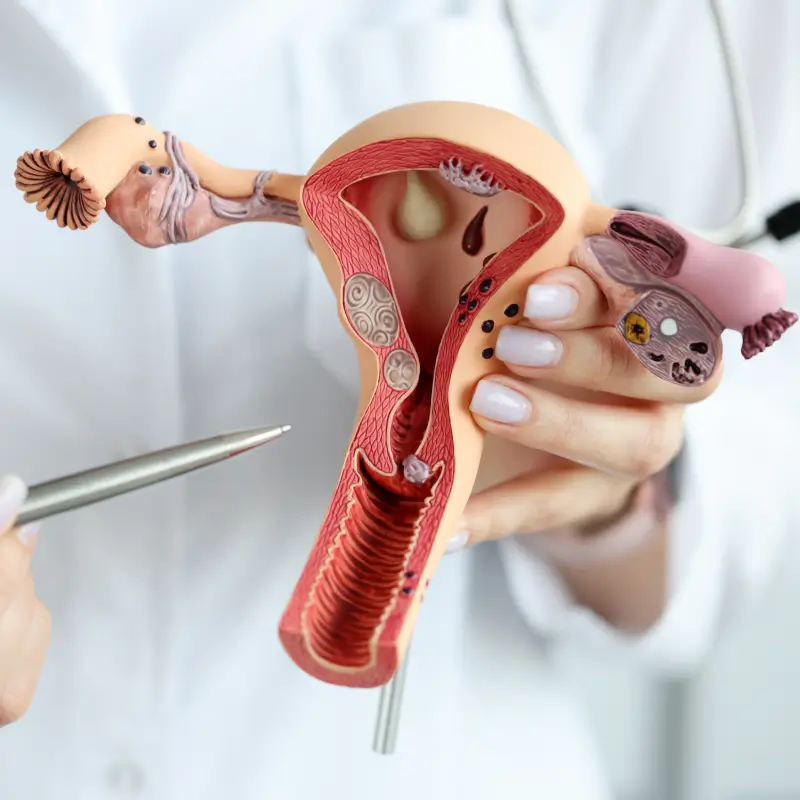Home/Wellness Zone/Sakra Blogs
4th Jun, 2025

Vaginal yeast infections are a common and often uncomfortable condition caused by an overgrowth of the fungus Candida albicans. While over-the-counter antifungal medications are available, many women also look for natural, at-home remedies to help relieve symptoms such as itching, irritation, burning, and abnormal discharge.
Here are 10 effective home remedies for vaginal yeast infections that may help ease discomfort and support healing. However, always consult a healthcare provider before starting any home treatment, especially if symptoms persist or worsen.
Greek yogurt is rich in probiotics, especially Lactobacillus bacteria, which help restore the natural balance of bacteria and yeast in the vagina. Eating plain, unsweetened yogurt can be beneficial, and some women also apply it externally or internally using a clean applicator.
How to Use:
Avoid flavored or sweetened yogurt, as sugar can worsen yeast overgrowth.
Coconut oil contains natural antifungal properties, particularly caprylic acid and lauric acid, which can combat Candida.
How to Use:
Make sure the oil is 100% pure, organic, and unrefined.
Apple cider vinegar (ACV) has natural antibacterial and antifungal properties. A diluted ACV bath may help reduce infection symptoms.
How to Use:
Never apply ACV directly to the vagina without diluting—it can cause burning or irritation.
Tea tree oil is a powerful natural antifungal and antimicrobial agent. It can help eliminate the yeast causing the infection.
How to Use:
Tea tree oil is potent. Never apply it undiluted or ingest it.
Boric acid has antifungal and antiviral properties. It can be used in the form of vaginal suppositories for stubborn or recurring infections.
How to Use:
Warning: Boric acid is toxic if taken orally. Do not use if pregnant or have open wounds.
Garlic has strong antifungal and antibacterial properties due to a compound called allicin. It can help reduce yeast growth.
How to Use:
Stick to dietary garlic or garlic supplements for safety.
Hydrogen peroxide is a natural antiseptic that may help restore balance by killing yeast.
How to Use:
Do not douche or insert hydrogen peroxide into the vagina.
Oregano oil, particularly wild oregano (Origanum vulgare), contains thymol and carvacrol—both effective antifungals.
How to Use:
Avoid direct application to the vaginal canal as it may burn.
Aloe vera has soothing and healing properties. It helps reduce inflammation, irritation, and itching.
How to Use:
Ensure the product contains no added alcohol or perfumes.
Though not a remedy in itself, lifestyle and clothing choices play a big role in preventing and managing yeast infections.
Tips:
Preventive habits are key to avoiding discomfort in the first place:
These practices support a healthy vaginal environment and reduce the risk of yeast overgrowth.
While these home remedies can help manage mild yeast infections, medical attention is necessary if:
These practices support a healthy vaginal environment and reduce the risk of yeast overgrowth.
While these home remedies can help manage mild yeast infections, medical attention is necessary if:
A healthcare professional may prescribe antifungal creams, oral medications, or investigate other causes of discomfort (like bacterial vaginosis or STIs).
Enquire Now
